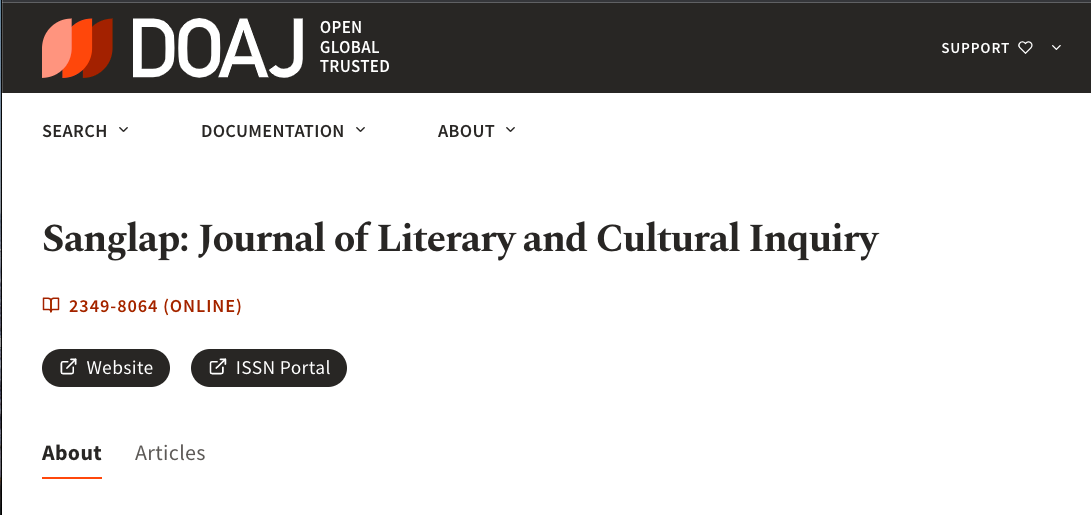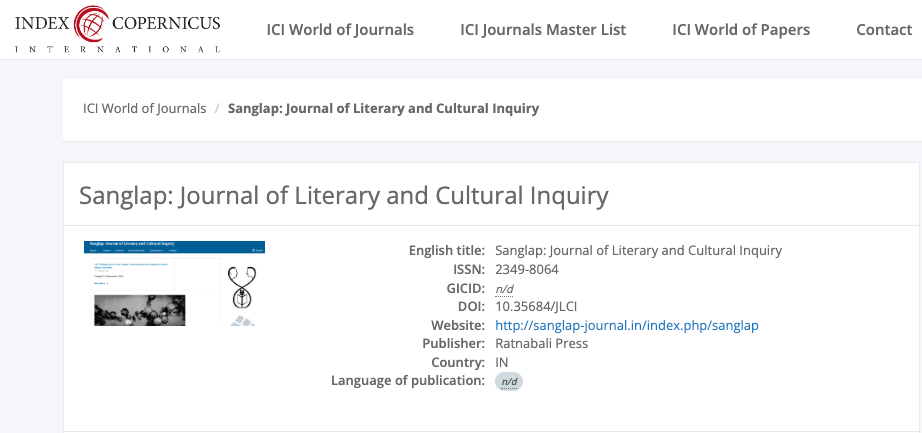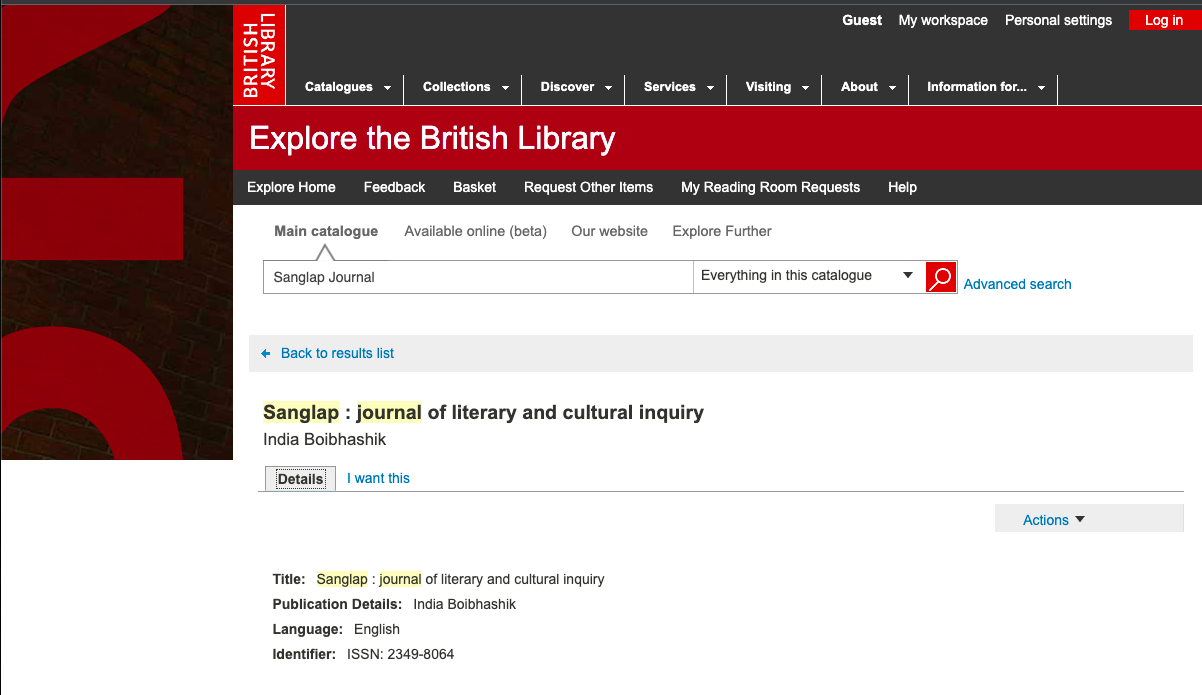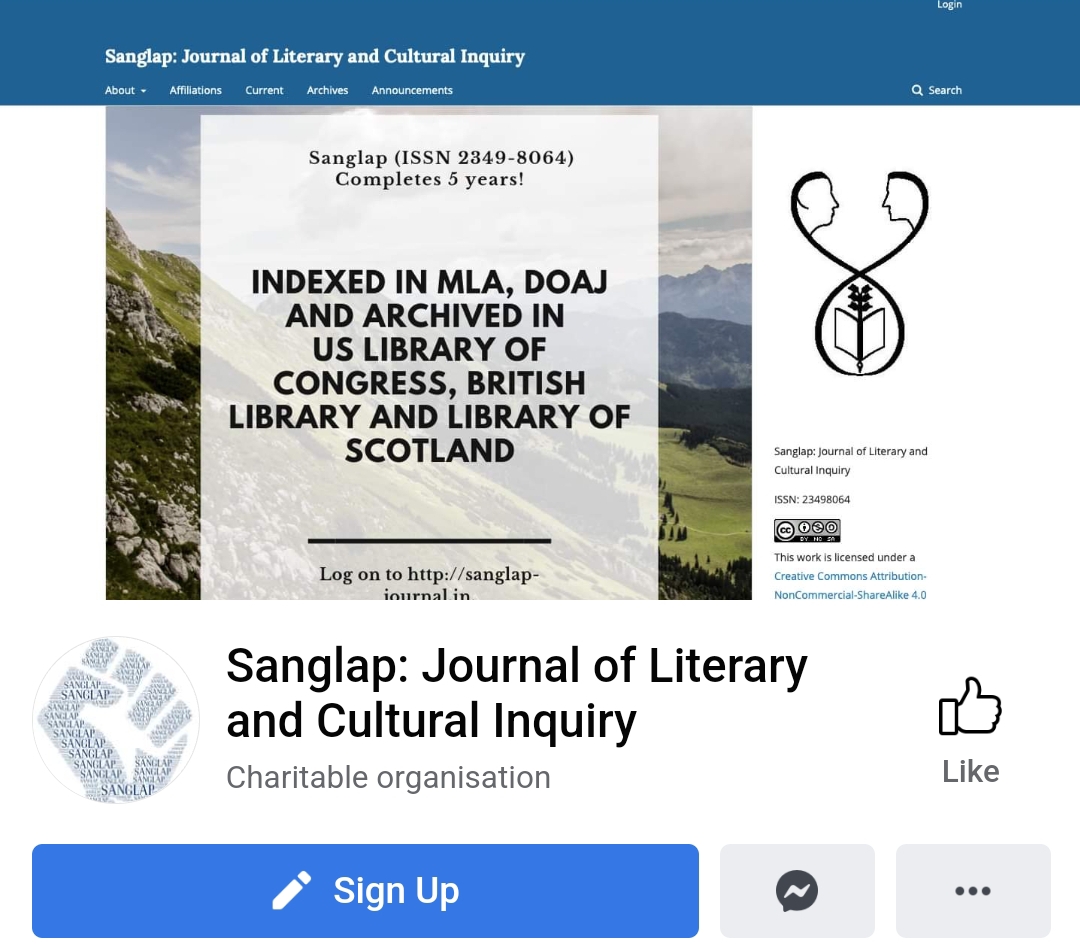“I’m a refugee from the past”:
The Function of Nostalgia in Margaret Atwood’s The Handmaid’s Tale
Keywords:
Dystopia, Nostalgia, Trauma, The Handmaid’s Tale, SurfacingAbstract
Notably, Margaret Atwood prefers to call her future-oriented novel, The Handmaid’s Tale (1985), “speculative fiction” rather than “science fiction,” in order to foreground its characteristic as a cautionary tale which is extrapolated from things and events in the past. In this sense, prediction is deeply connected with history, or nostalgia; the future is something already embedded in the past, and Atwood’s task is to (re-)discover it, not to create it. Meanwhile, criticisms of Atwood’s dystopia tend to evaluate the protagonist’s resistance to authority either as defeatist or militant. Yet what is lacking from these lines of argument is a close re-examination of the concept of resistance itself, which could be achieved by the analysis of nostalgia. As working models for exploring various aspects of nostalgia in The Handmaid’s Tale, the following types are presented: forbidden nostalgia, mythophilia and inhibited nostalgia. The analysis of nostalgia will be combined with that of the notion of trauma; although it appears to be an opposite concept, Offred’s narrative proves that they can be dialectically intertwined. In particular, what is striking in Offred’s nostalgia is that it is rather repetition compulsion than a longing, and homesickness is presented as a chronic condition; this characteristic can be traced back to Atwood’s more explicitly nostalgic novel, Surfacing (1972). Offred is always/already a refugee; her resistance is centred on her refusal of the one-dimensional conception of time and space, yet at the same time, Offred remains as “a blank […] between parentheses. Between other people”.











